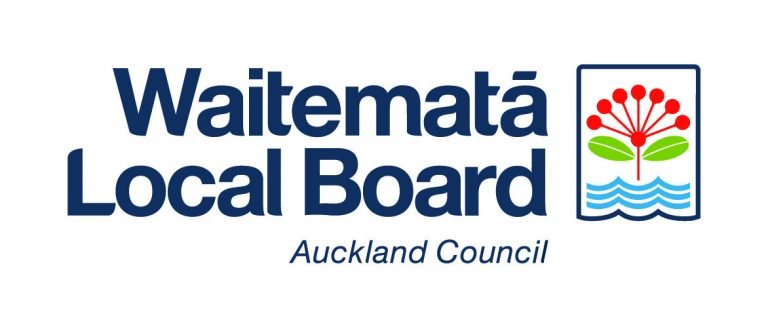The Auckland Isthmus has seen a millennium of Māori occupation and use. Tāmaki Makaurau or ‘Tāmaki-the bride sought by a hundred suitors’ is the ancestral name for the Auckland Isthmus. Many tribes descended from ancestral waka including Te Arawa, Mātaatua, Aotea, Tainui and Mahuhu have flourished at Tāmaki as the volcanic soils provided nutrient rich material for gardening consistently across the Isthmus. The short distance between the east and the west coast was also attractive as resources could be obtained easily from both coasts. The Isthmus itself provides no less than 8 waka portages with the most significant at Te Tō Waka, the Ōtāhuhu portage (Portage Road). Māori had their food production organised into gardening and fishing circuits themselves dictated by soils, fish stocks and the native calendar (maramataka). The circuits involved establishing satellite fishing and gardening camps away from the main centres for fishing and hunting during the summer months. Food would then be preserved and taken back to base camp stores for the winter months.
By 1740 the Waiohua tribe under their paramount leader, Kiwi Tāmaki held the mana on the central Isthmus. Kiwi had his residence at Maungakiekie (One Tree Hill), an elaborately built and impregnable fortified Pa. The Ngāti Whātua tribes had been steadily moving from the far north and were well established in the south Kaipara region after displacing the Kawerau people. However Ngāti Whātua coveted Tāmaki-Makaurau and had cause to obtain it after Kiwi had killed a number of prominent women while attending a unuhanga ceremony in the Kaipara. Under the leadership of Tuperiri, the Tāou section of Ngāti Whātua undertook an intensive campaign against the Waiohua culminating in the death of Kiwi Tāmaki, killed in battle near Little Muddy Creek in west Auckland. After further battles on the Isthmus, Tuperiri took up residence at Maungakiekie and the possession of all the lands formerly held by the Waiohua.
The 1820’s period saw the Auckland Isthmus temporarily deserted as Ngāti Whātua and other tribes in wider Tāmaki sought refuge in the Waikato, Mahurangi and Waitakere regions from the musket bearing tribes from the north who sought utu (revenge) for past defeats. Tāmaki became generally unsafe to reside in during this period as war-parties from the north traveling south frequently passed through using the short Ōtāhuhu portage to access the west coast from the east and vice versa. However, Ngāti Whātua under Te Kawau with the assistance of Te Wherowhero and their Waikato relatives, returned to the central Isthmus permanently in 1835 as the power of the musket was balanced which in turn brought peace. Crops were re-established and the home fires burned again at the numerous settlements across Tāmaki.

